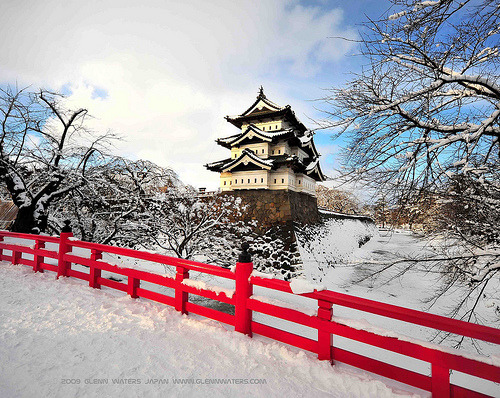V.ru /V.ta (dictionary/past form) + To iu noni
N + To iu noni
Adj N + da + to iu noni
Adj I + to iu noni
OK, from formula above let's make some sentence
1. ii tenki to iu noni doko mo ikenai.
いい天気というのに どこも 行けない。
although weather is fine i can't go anywahere.
walau hari ini cuaca bagus saya tidak bisa pergi kemana-mana.
sample one is using adjective I before to iu noni.
2. sensei ga waza waza hon wo kasite kudasatta to iu noni, yomimasitaka ?
先生が わざわざ 本を 貸して下さった というのに、読みましたか。
Your teacher kindly loaned a book to (you), (but) you haven't read it?
gurumu sudah meminjami buku bagus, tapi kamu tidak membacanya ya?
sample two is using past from (kudasatta) before to iu noni it's indicate that object (book/hon/本) was loaned. we can't use dictionary from (V.ru - kudasaru) becouse the meaning of the sentence is past.
3.tomodachi ga kuru toiunoni kare ga ie kara deta.
友達がくる というのに 彼が 家から出た。
although he's friends will coming he went out.
walau temannya mau datang dia keluar rumah.
third sample is using V.ru a dictionary from before to iu noni, why becouse he's friend will coming it's mean doesn't coming yet. he's friend will coming is future form. becouse that use V.ru dictionary from before to iu noni is right choice, when we use past from, V.ta in third sample above the meaning of sentence will change " that he's friends was came"
oke for other example try to make sentences using phrase below
although it is dangerous
危ないというのに。。
abunai to iu noni ..
although it is beautiful
きれいだというのに。。
kireida to iu noni ..
To Iu Noni
adalah phrase yang termasuk intermediate grammar, digunakan sebagai kata sambung yang mempunyai arti walaupun, meskipun, yang kata pertama dan kata kedua mempunyai arti yang berlawanan. sebelum kata to iu noni bisa kata kerja bentuk kamus, bentuk lampau, kata sifat i, kata sifat na + da.








